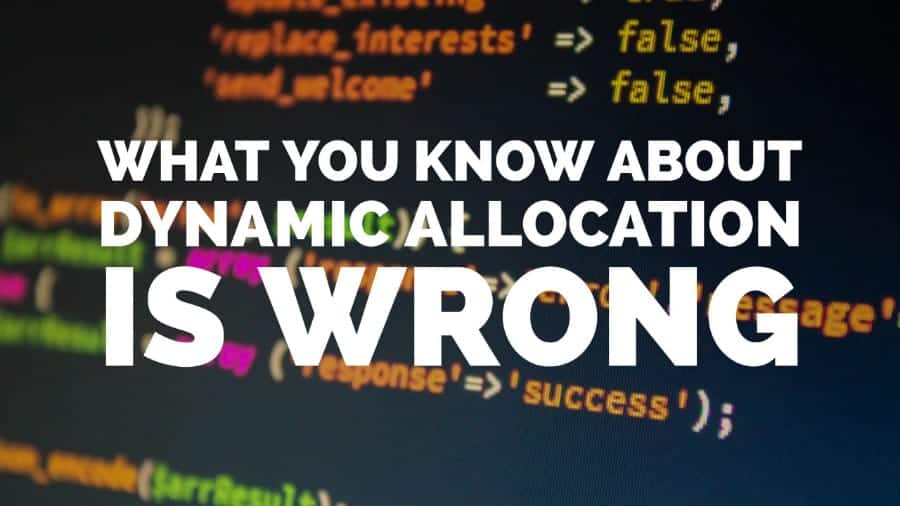This post was most recently updated on September 6th, 2019
There are countless blogs out there talking about how dynamic allocation works but none of them is telling the truth. Google has always been conspicuously reticent with all these tiny details just like how they do it when sending out violation notifications.
Here at MonetizeMore, we have done extensive research to finally unravel the truth behind Ad Exchange dynamic allocation that Google would otherwise hide in a secret cave. Let’s first start with the basics:
What is Dynamic Allocation?
Dynamic allocation provides publishers a real-time competition between Ad Exchange versus other demand partners set up in DFP for every impression. Ad Exchange will only serve if it can beat all other competing line items. This allows having the best paying ad served for every single impression.
How to activate Dynamic Allocation?
Step 1: On DFP Admin, under Global settings, click on “Link an Ad Exchange Account.” Fill out the short form with all the relevant information and click “Save.”
Step 2: Log into Ad Exchange, under Admin, click on “Access & Authorization” on the left-hand panel. Click “Linked Accounts” and click “Enable Access” for your DFP account on the list.
Step 3: Proceed with line item creation on DFP and very important, the line item type should be marked as “Ad Exchange.”
Now let’s go into more detail with regards to Dynamic Allocation.
The BIG question: How Much Does Ad Exchange Pay?
AdX will always find the best paying ad within the exchange. But the real issue relies on how much will it pay if it wins the competition via Dynamic Allocation? Let’s break it down by old belief versus real truth.
OLD BELIEF #1: AdX (Ad Exchange) throws its highest available bid of $10 CPM, and the highest competing line item is set at $6 CPM. AdX wins but will only pay $6, which is the rate of the highest competing line item.
OLD BELIEF #2: AdX throws its highest available bid of $10 CPM, and the highest competing line item is set at $6 CPM. AdX wins but will only pay $6.01, which is a penny higher than the rate of the highest competing line item.
From our research and experience working with many publishers, we can tell you that is wrong. Here’s the truth:
FACT #1: If AdX wins, it will look at its second highest bid and compare with the highest competing line item in DFP. Whichever is higher, AdX will pay that rate. In the above illustration, since $8.00 (AdX 2nd highest bid) is higher than $6.00 (top competing DFP line item), AdX will pay $8.00.
FACT #2: If AdX wins, it will look at its second highest bid and compare with the highest competing line item in DFP. Whichever is higher, AdX will pay that rate. In the above illustration, since $4.00 (AdX 2nd highest bid) is lower than $6.00 (top competing DFP line item), AdX will pay $6.00.
Therefore, it is important to have a solid ad optimization strategy. When all demand partners are set up correctly on DFP competing fairly based on their “Real CPMs,” we are sure to get the best paying ad serving on our site at all times. A tighter competition would push Ad Exchange to pay more! To have MonetizeMore implement the best ad optimization strategies for your business visit our solutions page for more information.
